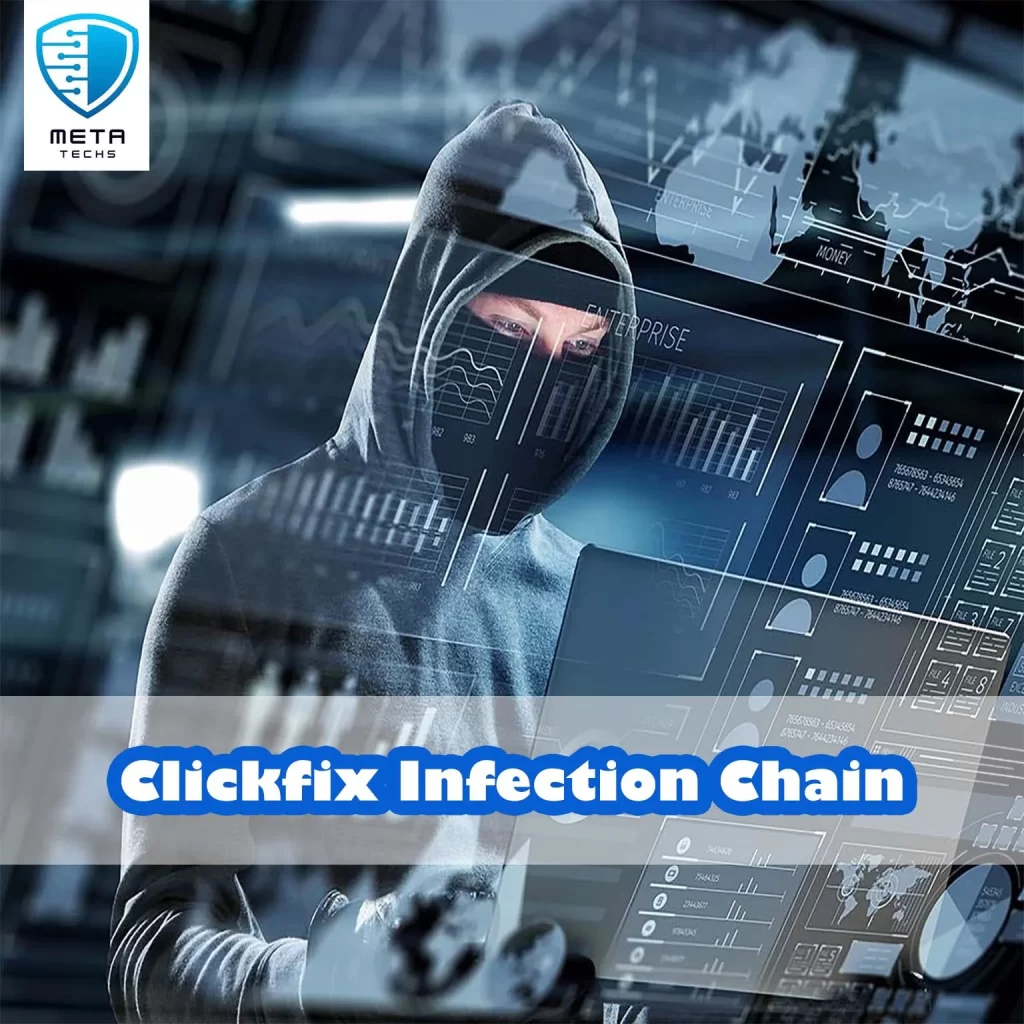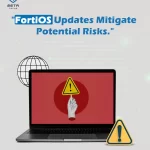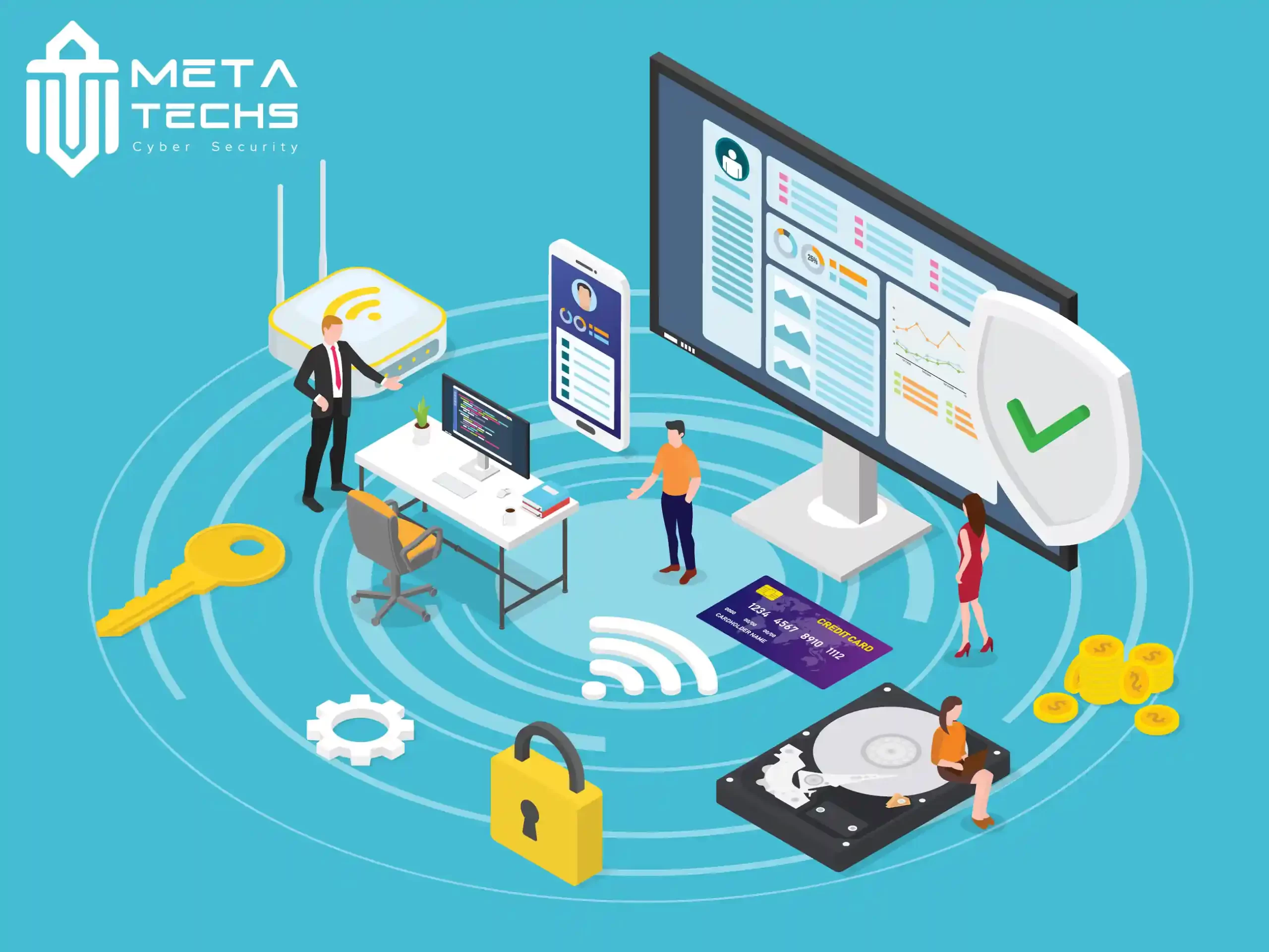The digital world is a minefield, and cyber criminals are the masterminds behind the explosives. A recent surge in sophisticated attacks has caught the attention of security experts worldwide. One such insidious method is the Clickfix infection chain, a cunning ploy that lures unsuspecting victims into executing malicious code.

Overview of the Clickfix Infection Chain:
At its core, the Clickfix infection chain is a multi-stage attack that begins with compromising legitimate websites. These infected sites then serve as launchpads for deceptive pop-ups that trick users into pasting malicious scripts into their PowerShell terminals. Once executed, these scripts download and install harmful payloads, granting attackers unauthorized access to victims’ systems.
Understanding the Clickfix infection chain is paramount for both individuals and organizations. This attack method highlights the evolving tactics of cybercriminals and underscores the need for heightened vigilance. By recognizing the signs of this threat and implementing effective countermeasures, we can significantly reduce the risk of falling victim to these malicious attacks.
The Clickfix Infection Chain Explained
The Clickfix infection chain is a multi-stage attack that begins with compromising legitimate websites. Cybercriminals covertly infiltrate these seemingly harmless online platforms to host malicious code.
Stage 1: Website Compromise Attackers exploit vulnerabilities or employ hacking techniques to gain unauthorized access to reputable websites. Once inside, they stealthily embed malicious scripts within the website’s code.
Stage 2: Deceptive Pop-ups Unsuspecting users visiting the compromised website are confronted with fake pop-up messages. These pop-ups mimic legitimate system alerts or error messages, designed to instill a sense of urgency and trust.
Stage 3: PowerShell Script Execution The deceptive pop-up instructs users to copy and paste a seemingly harmless script into the PowerShell terminal, promising to resolve the purported issue. Unbeknownst to the user, this script is a malicious payload in disguise.
Stage 4: Malware Delivery and Installation Once executed, the PowerShell script downloads and installs the actual malware onto the victim’s system. This malware can take various forms, including keyloggers, ransomware, or remote access trojans (RATs).
Stage 5: Data Theft and System Control The installed malware grants attackers unauthorized access to the victim’s system, enabling them to steal sensitive information, encrypt files for ransom, or remotely control the infected device.
By understanding these stages, individuals and organizations can better protect themselves from falling victim to this insidious attack.
What are the Impacts and Consequences of The Clickfix infection chain?
The Clickfix infection chain poses a significant threat to both individuals and organizations. Successful attacks can lead to a cascade of detrimental consequences:
1- Data Theft: Malicious actors can steal sensitive personal information, financial data, intellectual property, and confidential business information.
2- Financial Loss: Ransomware attacks, often delivered through Clickfix, can encrypt critical data and demand hefty ransoms, resulting in substantial financial losses.
3- System Compromise: Attackers can gain complete control over infected systems, allowing them to install additional malware, spy on users, or use the compromised device as a botnet.
4- Identity Theft: Stolen personal information can be used to create fraudulent identities, leading to identity theft and financial ruin.
5- Reputational Damage: For organizations, a data breach resulting from a Clickfix attack can severely damage their reputation and erode customer trust.
While specific data on Clickfix attacks might be limited due to their relatively recent discovery, it’s essential to recognize that this type of attack aligns with broader trends in cybercrime. Numerous cyberattacks involving similar social engineering tactics and malicious script execution have been documented, highlighting the prevalence of such threats.
The Economic Impact
In addition, The economic consequences of cybercrime, including attacks like Clickfix, are far-reaching. Beyond direct financial losses from data breaches and ransomware, there are additional costs associated with:
1- Lost Productivity: Disrupted operations and system downtime due to cyberattacks can significantly impact business productivity.
2- Legal and Regulatory Expenses: Organizations may face legal repercussions and regulatory fines following a data breach.
3- Insurance Premiums: Increased cyber insurance premiums can add to operational costs.
The cumulative effect of these factors can be substantial, underscoring the critical importance of robust cybersecurity measures to protect against threats like Clickfix.
How to prevent your business?
To safeguard against Clickfix attacks and similar threats, individuals and organizations should adopt the following preventive measures:
1- Exercise Caution with Pop-ups:
Avoid clicking on unexpected or suspicious pop-ups, especially those that urge immediate action or claim to fix technical issues.
2- Verify Website Legitimacy:
Ensure you are on a trusted and legitimate website before entering personal information or clicking on links.
3- Enable Strong Passwords:
Use complex and unique passwords for all online accounts to protect against unauthorized access.
4- Regular Software Updates:
Keep operating systems, applications, and security software up-to-date with the latest patches to address vulnerabilities.
5- Backup Data Regularly:
Create regular backups of important data to mitigate the impact of ransomware attacks.
Read also: Cyber Security Awareness for Small Businesses
What are the Technical solutions?
Implementing robust technical safeguards is essential for protecting against Clickfix and other cyber threats:
1- Firewalls:
Deploy firewalls to monitor and control incoming and outgoing network traffic, blocking malicious attempts.
2- Antivirus and Anti-malware Software:
Use reputable antivirus and anti-malware solutions to detect and prevent malware infections.
3- Intrusion Detection and Prevention Systems (IDPS):
Implement IDPS to monitor network traffic for suspicious activity and block potential attacks.
4- Email Filtering:
Employ spam filters and email security gateways to prevent phishing emails from reaching users’ inboxes.
5- Web Filtering:
Utilize web filtering solutions to block access to malicious websites.
6- User Access Controls:
Implement strong access controls to limit user privileges and prevent unauthorized access to sensitive systems and data.
Raising awareness among users is crucial for combating social engineering attacks like Clickfix:
- Cybersecurity Training: Provide regular cybersecurity training to employees to educate them about the latest threats, including phishing and social engineering tactics.
- Phishing Simulations: Conduct phishing simulations to test employees’ awareness and responsiveness to suspicious emails.
- Incident Reporting: Encourage employees to report any suspicious activities or emails to the IT department.
Individuals and organizations can significantly strengthen their defenses against Clickfix and other evolving cyber threats by combining preventive measures, technical controls, and user education.
Conclusion
The Clickfix infection chain serves as a stark reminder of the ever-evolving tactics employed by cybercriminals. By understanding how these attacks unfold, individuals and organizations can better protect themselves from falling victim to these malicious schemes.
Implementing a combination of preventive measures, technical controls, and user education is essential for safeguarding against Clickfix and similar threats. Staying informed about emerging cyber threats is crucial, as attackers continually develop new methods to compromise systems.
Meta Techs: Your Trusted Cybersecurity Partner in Dubai
As a leading cybersecurity provider in Dubai, Meta Techs is committed to safeguarding businesses of all sizes from the ever-evolving landscape of cyber threats. With a team of highly skilled experts, we offer tailored solutions to protect your digital assets and ensure business continuity. From startups navigating the digital world to established corporations managing complex IT infrastructures, we provide comprehensive cybersecurity services to meet your unique needs.
The Top Cybersecurity Services In Dubai, UAE
Related posts:
 Fawry comments on cyber attacks and data leaking
Fawry comments on cyber attacks and data leaking
 Effective Policy for data retention policy best practices
Effective Policy for data retention policy best practices
 the Latest fortinet vulnerability 2024
the Latest fortinet vulnerability 2024
 What Is ISO 27001?, Core Principles, Benefits, and Requirements
What Is ISO 27001?, Core Principles, Benefits, and Requirements
 How to save Configuration in Fortinet Firewall?
How to save Configuration in Fortinet Firewall?

